PPT-15.5 Disaccharides Lactose is a disaccharide found in milk and milk products. It contains
Author : SassyStarlet | Published Date : 2022-08-03
monosaccharides galactose and glucose Learning Goal Describe the monosaccharide units and linkages in disaccharides Disaccharides A disaccharide consists of
Presentation Embed Code
Download Presentation
Download Presentation The PPT/PDF document "15.5 Disaccharides Lactose is a disacch..." is the property of its rightful owner. Permission is granted to download and print the materials on this website for personal, non-commercial use only, and to display it on your personal computer provided you do not modify the materials and that you retain all copyright notices contained in the materials. By downloading content from our website, you accept the terms of this agreement.
15.5 Disaccharides Lactose is a disaccharide found in milk and milk products. It contains: Transcript
Download Rules Of Document
"15.5 Disaccharides Lactose is a disaccharide found in milk and milk products. It contains"The content belongs to its owner. You may download and print it for personal use, without modification, and keep all copyright notices. By downloading, you agree to these terms.
Related Documents

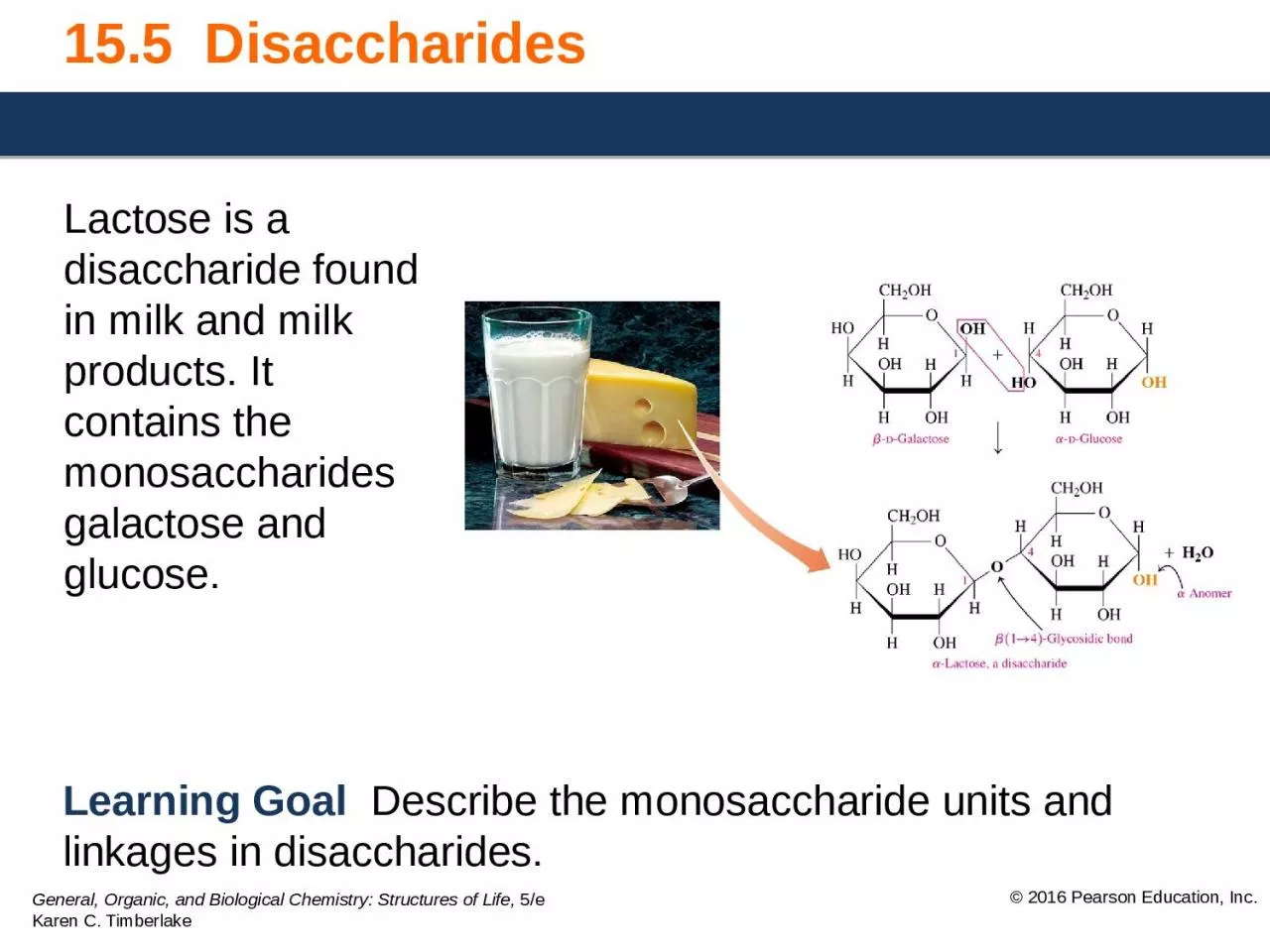
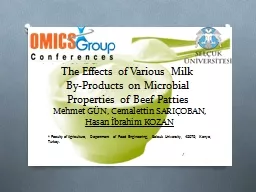
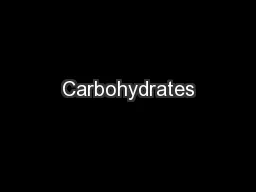
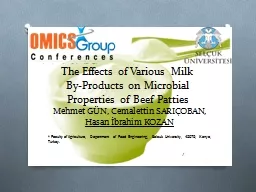
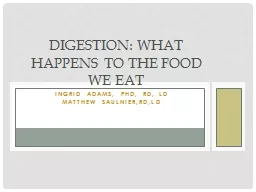

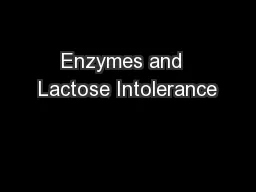
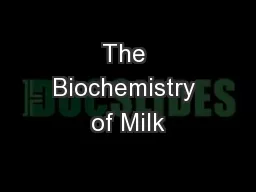
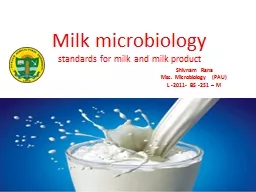
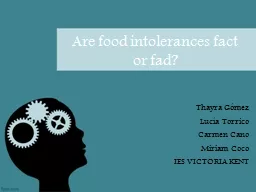
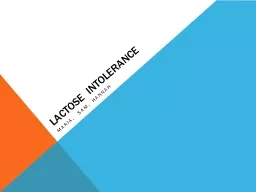
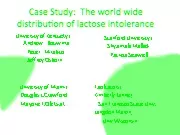
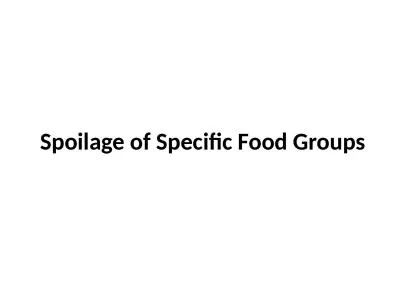
![CARBOHYDRATES 2_[B(1_4) lactose] Glucose +Glucose] 3_[@(1_2)Sucrose ] [Glucose Fructose]](https://thumbs.docslides.com/1044895/carbohydrates-2-b-1-4-lactose-glucose-glucose-3-1-2-sucrose-glucose-fructose-disacch.jpg)